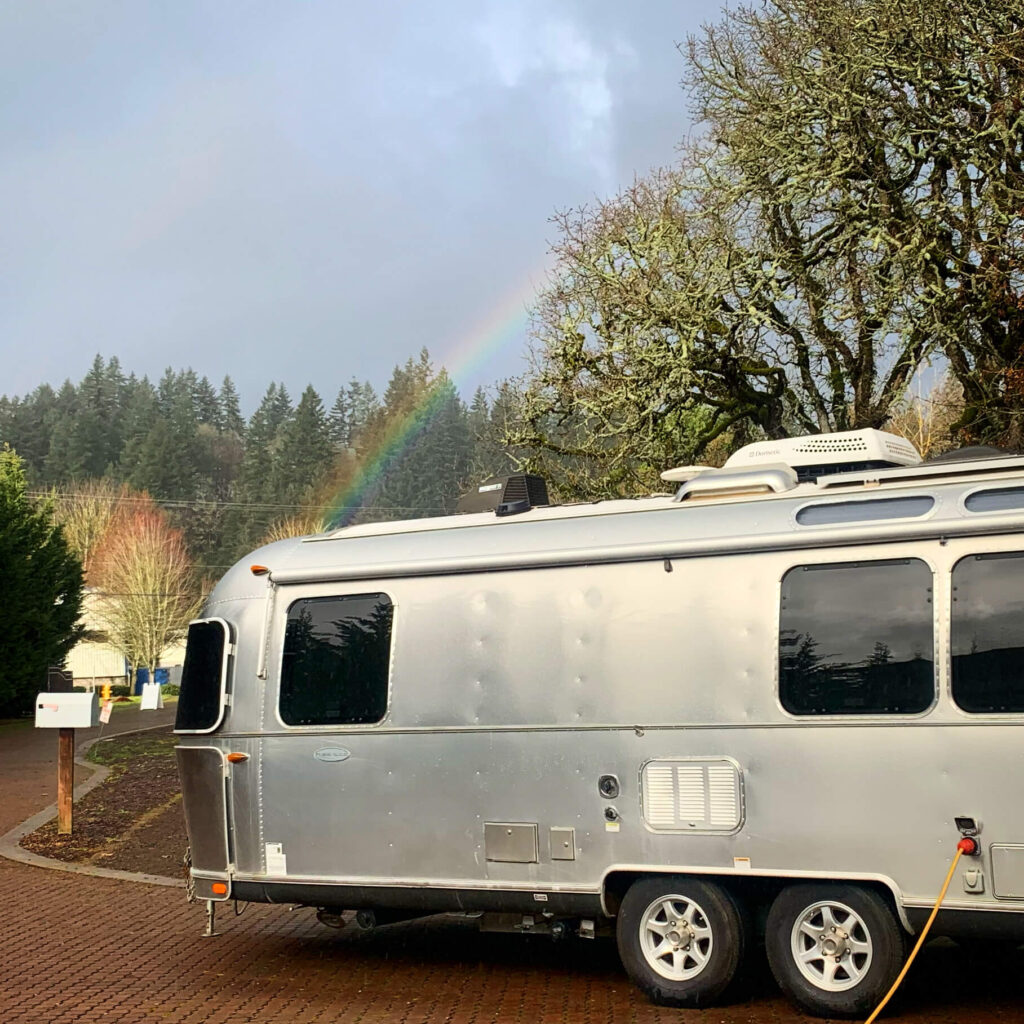“I’ve been on shore power for two days. Why are my batteries draining?” ~ Confused Carla
“My batteries were at about 50% and I plugged into shore power and they aren’t charging. Why?” ~ Frustrated Fred
The challenges:
In order for an inverter/charger to start charging lithium batteries (initiate a bulk charge) a need for that charge has to be detected. With Magnum inverter/chargers, this happens when the battery voltage dips below a default value of 12.8V. By putting the Magnum in Silent mode, you can adjust this rebulk to voltage to 13.1V, but lithium batteries have to be deeply discharged to get down to 13.1V. This voltage can sometimes correspond to a state of charge of about 20%. Victron inverter/chargers have an automatic rebulk that happens on a timer every couple of days.
Lead-acid batteries have a much more pronounced Peukert Effect, meaning that the voltage of lithium batteries doesn’t dip as much under heavy loads, and lead-acid batteries tend to rest at a lower voltage than lithium batteries. Because of this, the rebulk threshold is met more regularly with lead-acid batteries, and the system functions much smoother.
While connected to shore power, AC loads typically run from the main panel supplied by shore power, or a subpanel that is passed through the inverter. If a load draws more current than shore power can supply, some inverters have a Hybrid or PowerAssist feature that lets the inverter supplement power to the loads by drawing power from the battery bank. Power is also drawn from the battery bank by DC loads. Unfortunately, energy is not fed back to the batteries until the rebulk threshold is crossed.
Because of this, people experience the seemingly unlikely scenario of having their batteries drained while being plugged into a shore power source that they would prefer charged their batteries.
The fix:
First of all, it is important to recognize that lithium batteries do not need to be full or topped off to be healthy. Lead-acid batteries need to reach a full charge regularly to prevent sulfation, but lithium batteries do not.
A popular way to force an inverter/charger to charge lithium batteries is by manually equalizing. Set the equalization voltage to the same value as the absorption voltage and batteries will be topped off.
With a Magnum ME-RC remote, equalization needs to be turned on, then turned off manually. If the user forgets to turn the equalization off, the batteries will be held at the high absorption voltage for too long, which may be damaging.
With a Magnum ME-ARC remote, equalization can be set for a period of time, as short as half an hour. Just hold down the CHARGER button for five seconds and walk away.
A better solution will be to put the Magnum in CC/CV (Constant Current Constant Voltage) mode. By setting the ME-RC menu Battery Type to CC/CV, and setting a Max Amps, Chg Volts, EndChg, DoneTime, DoneAmps, MaxTime, and Recharge for the battery bank, the Magnum will start a bulk charge every time it is connected to shore power. It will hold the battery at the programmed voltage until the DoneTime duration has been met, or the charging current drops down to the DoneAmps current threshold, then it will stop charging. Charging resumes when the battery voltage drops down to the Recharge level. For programming instructions specific to your battery type, contact AM Solar.
A common misconception is that CC (Constant Current) mode is delivering the same amount of current until switching to CV mode. As we are using the term, Constant Current just means it’s constantly supplying current but it does taper as the battery bank’s SOC increases. For example, a 90A CC/CV charger won’t deliver 90A through its entire CC cycle and will reduce current significantly before changing modes. Once it transfers to CV mode the amperage is already at a trickle.





